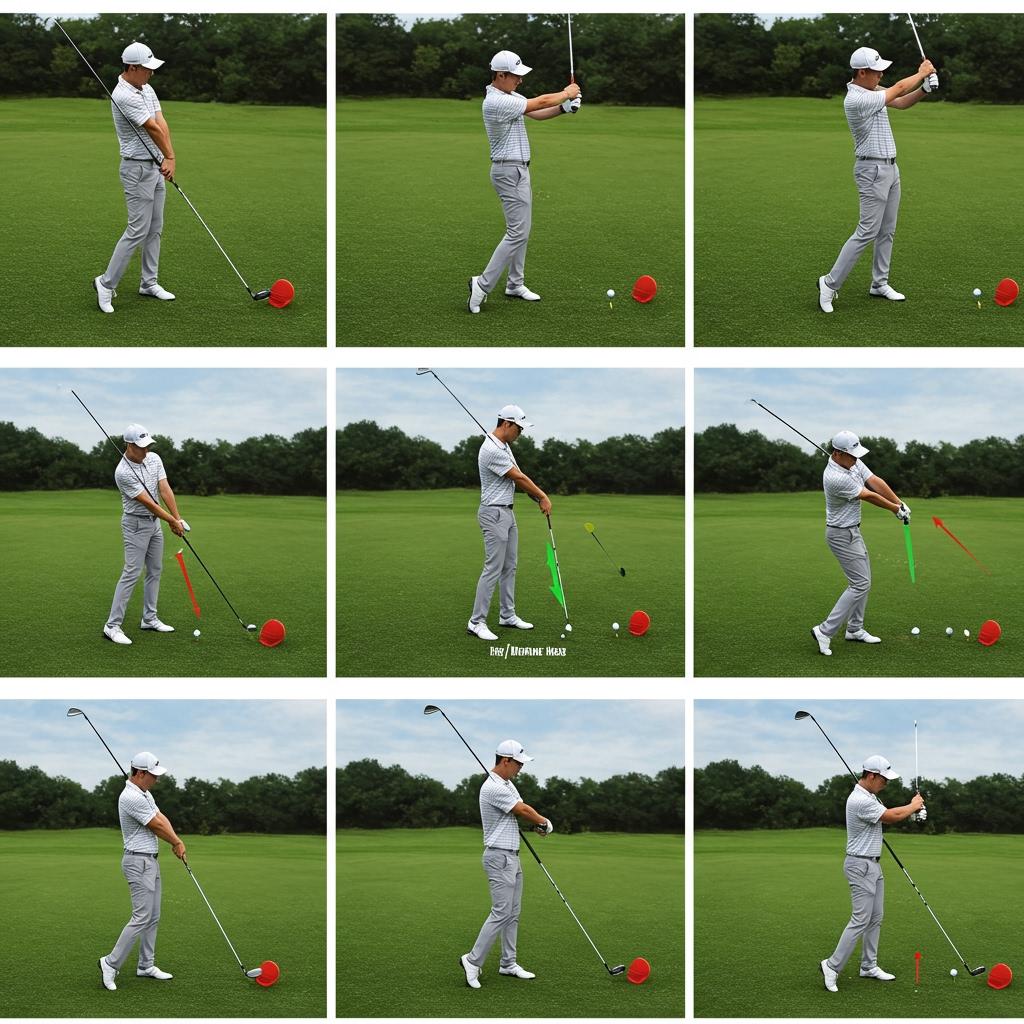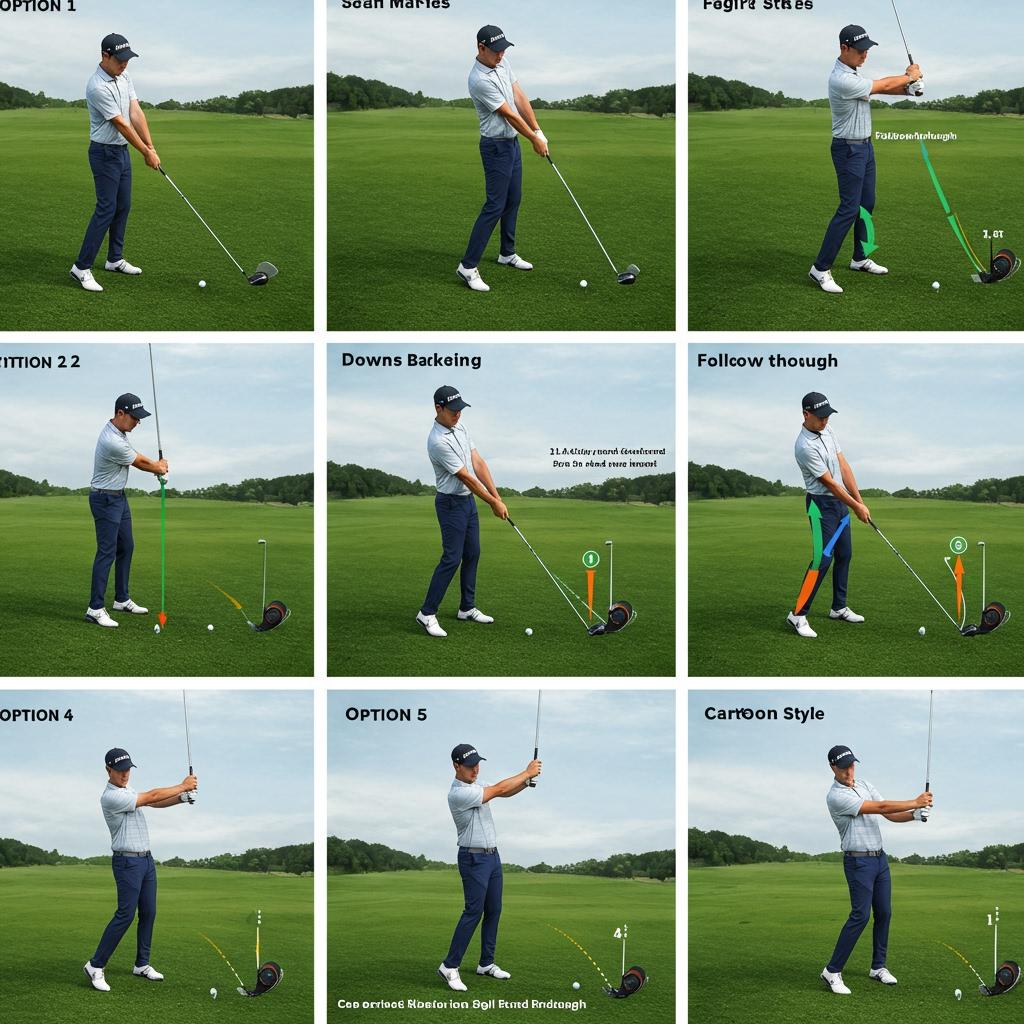Unlock Your Inner Tiger: A Beginner's Guide to the Perfect Golf Swing
The Perfect Golf Swing Guide for Beginners
Learning the golf swing can feel overwhelming, but with the right guidance, it's achievable. This comprehensive guide breaks down the golf swing into manageable steps, perfect for beginners. We'll cover the grip, stance, backswing, downswing, and follow-through, providing tips and drills to help you improve your game.

Understanding the Grip
The grip is fundamental. There are three main types: overlapping, interlocking, and baseball. Experiment to find what feels most comfortable and allows for control. A neutral grip is generally recommended for beginners, ensuring your hands are aligned correctly on the club. Practice your grip until it feels natural and repeatable, as a consistent grip is crucial for a consistent swing.

Finding Your Stance
Your stance influences your balance and swing path. Position your feet shoulder-width apart, slightly wider for more power. Bend your knees slightly, maintaining a balanced posture. Your weight should be evenly distributed, allowing for a smooth, controlled swing. Keep your back straight but not rigid; flexibility is key to a good swing. Experiment with different stances until you find one that encourages a natural swing motion.

Mastering the Backswing
The backswing is the first half of your swing. Begin by taking the club back smoothly, rotating your shoulders and hips. Keep your eye on the ball, ensuring a controlled and consistent backswing. Avoid lifting your arms excessively, allowing your body to naturally rotate. Practice slow, deliberate backswings to develop proper technique and rhythm. Focus on maintaining your posture and balance throughout the movement.

Executing the Downswing
The downswing is where the power comes from. Initiate the downswing by shifting your weight from your back foot to your front foot. The movement should feel like a smooth, continuous motion, not a jerky, abrupt transition. Keep your eyes on the ball and resist the urge to overswing. A controlled downswing leads to more accurate shots. Practice your downswing until you find a rhythm that works for you.

Finishing the Follow-Through
The follow-through completes the swing. Your weight should be fully on your front foot, and your body should be rotated fully. Imagine swinging your arms fully through the shot, finishing with your arms pointing toward your target. A complete follow-through helps maximize power and accuracy. Focus on a consistent finish to reinforce your swing mechanics.
Practice Drills for Improvement
Practice makes perfect. Begin with short, controlled swings, gradually increasing your distance. Utilize drills like the towel drill (holding a towel under your arms to maintain posture) and the impact bag drill (hitting an impact bag to improve contact). Regular practice and consistent effort will lead to a noticeably better swing.
Common Mistakes to Avoid
Many beginners make common mistakes, such as lifting their head during the swing, over-swinging, and not following through completely. These mistakes lead to inconsistent shots. Be mindful of your posture, swing path, and follow-through to avoid them. Regular practice and feedback from a coach or experienced golfer can help identify and correct these mistakes. Focus on building a solid foundation before working on power.
Conclusion
Learning the perfect golf swing takes time and dedication. By focusing on the fundamentals – grip, stance, backswing, downswing, and follow-through – and consistently practicing, you’ll see significant improvement. Remember, patience and persistence are key. Don’t get discouraged by initial challenges; embrace the learning process and enjoy the journey of improving your golf game. With practice and dedication, you’ll be hitting those greens in no time.
Comments
Post a Comment